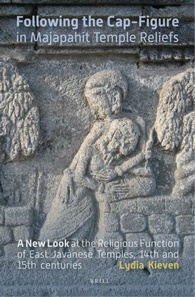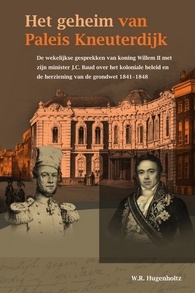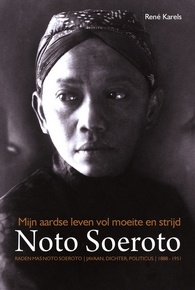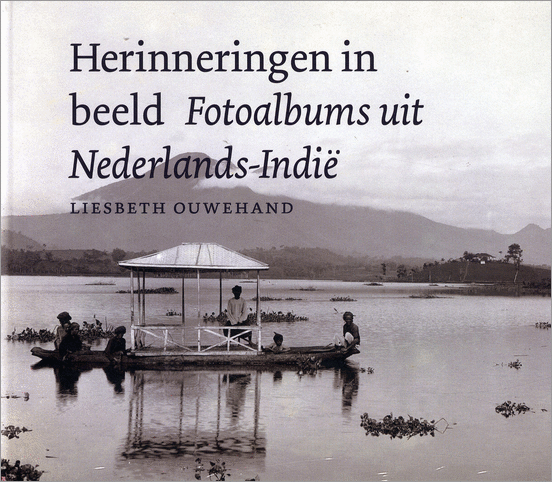Following the Cap-Figure in Majapahit Temple Reliefs: A New Look at the Religious Function of East Javanese Temples, Fourteenth and Fifteenth Centuries
Description
Following male figures wearing a cap (cap-figures) in temple reliefs of the Javanese Majapahit period (ca. 1300-1500) leads to astonishing results on their meaning and function. The cap-figures, representing commoners, servants, warriors, noblemen, and most significantly Prince Panji, the hero from the East Javanese Panji stories, are unique to depictions of non-Indic narratives. The cap-figure constitutes a prominent example of Majapahit’s creativity in new concepts of art, literature and religion, independent from the Indian influence. More than that, the symbolic meaning of the cap-figures leads to an esoteric level: a pilgrim who followed the depictions of the cap-figures and of Panji in the temples would have been guided to the Tantric doctrine within Hindu-Buddhist religion.
Additional Information
| Edition | |
|---|---|
| Pages | |
| Series | |
| Illustrations | |
| authors | 243 |







